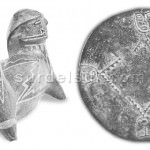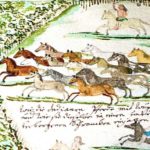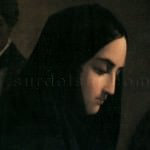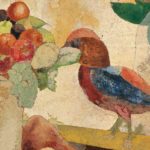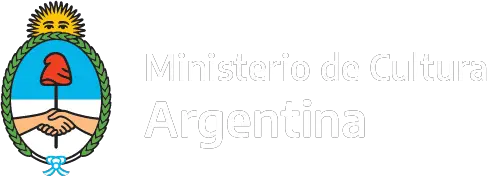In the Pre-Hispanic Period Argentine Fine Arts, the most outstanding are the North-west cultures regarded as the ones which reached the highest degree of development before the Spaniards’ arrival. They engaged in agriculture and pottery, basing their economy on agriculture and knowing the techniques for the working of metals, ceramics and textiles.
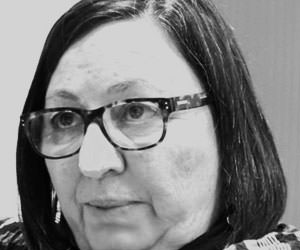
Article of the guest columnist for surdelsur.com
Argentine Fine Arts of native peoples
Settled mainly in the valleys of Catamarca and Salta, they had a sedentary life and gathered in groups keeping a considerable amount of population and a more complex organization than the peoples of Patagonia and the Littoral.
In turn, this period divides into: Early and Middle Periods (before 900 AD), and Late Period (900-1480 AD).
Cultures worth mentioning are those of La Ciénaga; Condorhuasi, in the western Salta; La Aguada (Middle Period), comprising Catamarca, southern Salta and northern La Rioja up to northern San Juan: Belén and Santa María (1000 AD) are located in the valleys of western Catamarca and in those of Yacavil and Calchaqui, respectively.
Pottery decorated with geometrical figures, real or fantastic images; effigy-vessels representing human beings or animals; polychrome urns or big metal discs ornamented with schematic figures enclosed by contour lines constitute the production of these cultures which are currently within the assets of the Archeology Division of La Plata Museum.
Natives cultures also left evidence in caves and mountain shelters: the Argentine provinces offering samples of rupestrian art are Salta, San Luis, Tucumán, Jujuy, Córdoba and those which compound Patagonia.
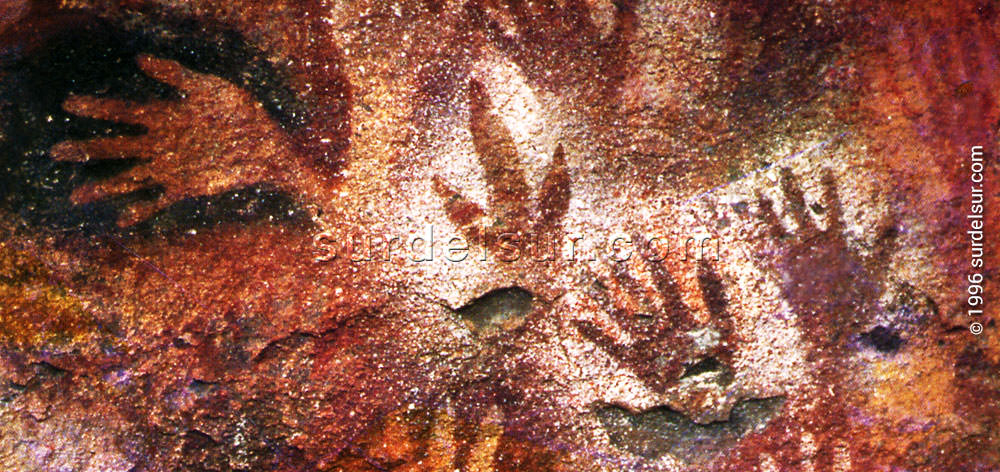
Learn more about Argentine Fine Arts’ History consulting next reports refers to figures and tendencies of the periods: Colonial Period Argentine Fine Arts’ History, Argentine Painting from Independence to the 1920, Argentine Painting since 1920.
See more about Indigenous Peoples in Argentina >>
References:
All graphic material in this report is edited digitally. The customized version by surdelsur.com shown on this page is performed based on the following documents:
- Constantin, María Teresa (Art historian) [Images] Collection of images belonging to Museums and other sources, provided by the report author. Buenos Aires, Argentina.


